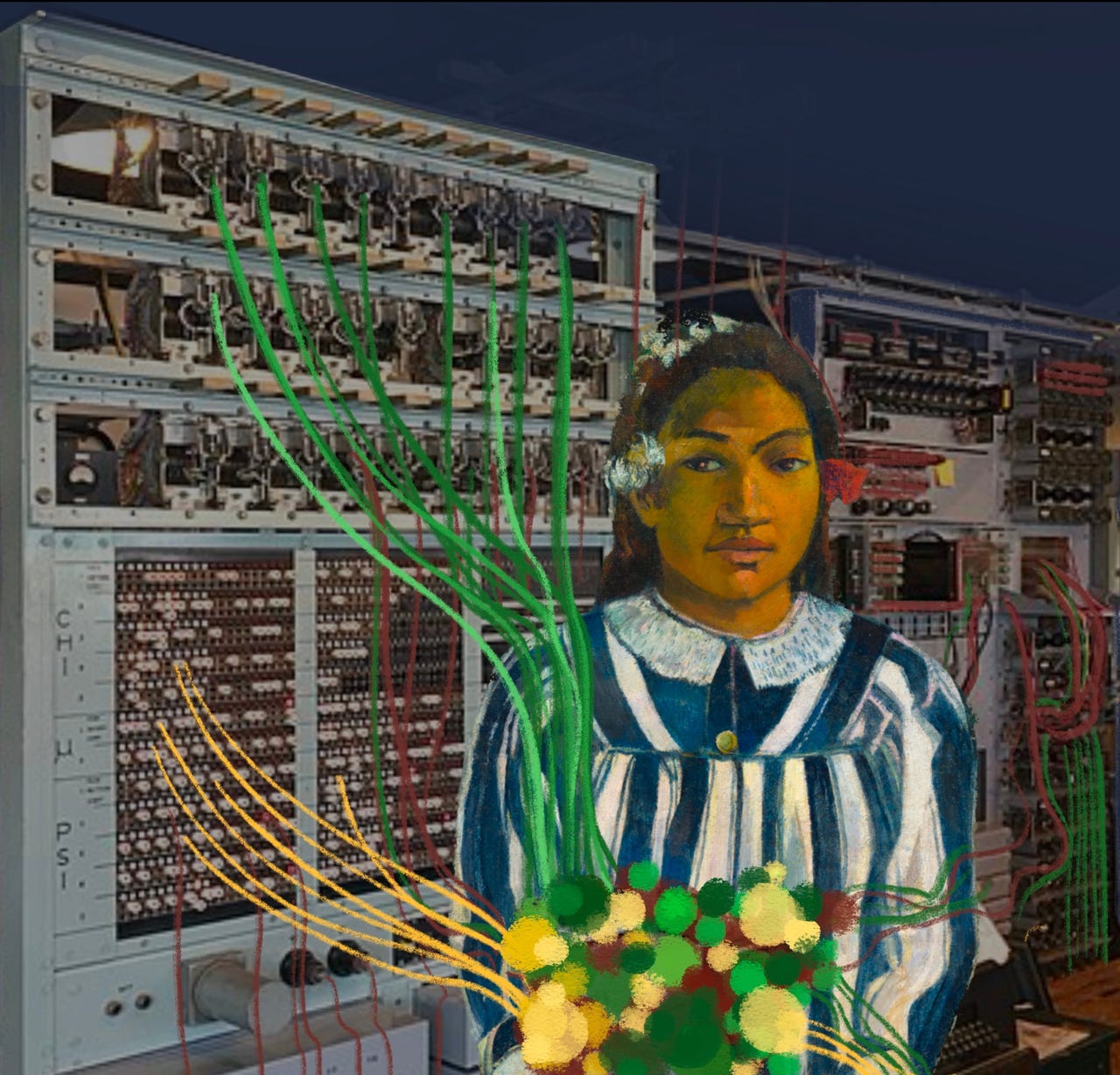How to map backward from the future
PLUS: Get a free copy of my first e-book, AI Untangled
Overview
Changing your system requires mapping backward from the future.
We know that social systems are uncertain, unpredictable, and complex (Untangled Deep Dive).
Two things from this follow. The first is that other actors in your system will not respond to your strategic intervention passively or predictably. Your actions will shape their actions and the system you’re in, and vice versa. This requires taking interdependent (not independent) action. (Untangled Guide)
The second is that strategic interventions that map forward in time -- as if the future is a neat theory of change away -- must be replaced by those that map backward. This is both because complex systems don’t follow cause-and-effect assumptions, and it’s because our beliefs, values, and stories constrain our conception of what’s possible. Right, the past is always alive in the present, and systems seem impervious to change until they are not.
Think of it this way, the only way to get to the future is through the present moment. We’re creating our future each day through our decisions, actions, choices, etc. This path has been grooved by those who came before us — the relationships they formed, the institutions they built, and the norms, values, and beliefs they propagated. These grooves are subtle but they reflect and then instantiate power relations. Who has it, and who doesn’t? Who benefits from this version of reality? Who has something to lose if we changed society’s default settings, and charted a radically different path? If you start with questions like this, you’re likelier to see the grooves and figure out how they were created in the first place. It’s also in seeing these grooves clearly, we can see how the past is alive in the present, constraining what we perceive as possible.
Keep reading with a 7-day free trial
Subscribe to Untangled with Charley Johnson to keep reading this post and get 7 days of free access to the full post archives.


